Did you know that the humidity in your home not only can affect the structure of your house, It can interfere with your health to?
Humidity or lack of humidity can have adverse effects on your health it may lead you to begin a search for a humidifier or a dehumidifier.
Humidifier vs dehumidifier
A humidifier is a device that adds moisture to the air, a dehumidifier is a device that subtracts moisture from the air.
What should humidity be in the house?
Without knowing the humidity level in your house, it’s impossible to know whether you need a humidifier for a dehumidifier or either?
The humidity leveling the house that is generally the most comfortable for everyone is 40 to 60%. This study by The National Library of Medicine states “The majority of adverse health effects caused by relative humidity would be minimized by maintaining indoor levels between 40 and 60%. “ A hygrometer is needed to to let you know what the humidity is in your house.
Humidity levels may need to be tweaked throughout the year to keep a level of comfort in the home.
What should humidity be in house in winter?
in the winter you’re shooting for more like 40 to 60% humidity because the air usually much drier in the winter. And with the addition of the furnace running, the air inside of the house can get very dry.
What should humidity be in house in summer?
Humidity in the summer should be kept around 30 to 45%. There are many times when the heat that you are feeling in the summer is humidity. By maintaining a lower humidity, you can achieve comfort and reduce the need for a continuously running AC.
What do you do when the humidity is affecting your overall health? How do you know whether you should add or reduce the humidity
 Here is a few tips
Here is a few tips
Humidifier or dehumidifier for allergies?
Allergies are many times seasonal. And depending on the season, you’re probably able to narrow down whether you need to moisten or dry out the air.
In the winter, a humidifier is usually better when you’re suffering from allergy symptoms.
But in the summer months, humidity can actually help allergens travel further. So you probably need a dehumidifier.
Humidifier or dehumidifier for sinus problems
A humidifier is best for sinus problems when the air is dry. The reason is that the particles that are in the air that can aggravate the sinus cavities will be weighted down with the use of a humidifier which will keep them from floating and entering your nose and mouth. The added moisture will also help relieve the irritation and pain that dry air can do to your sinuses.
Humidifier or dehumidifier for stuffy nose.
A stuffy nose is usually caused by the air being extra dry. When you have a stuffy, stopped up nose, a cool mist humidifier is a great way to reduce the stuffiness and get a better night’s sleep.
Humidifier or dehumidifier for eczema
Dry air can exasperate skin problems, especially eczema. A humidifier is generally the “go to” device for eczema sufferers because it will add moisture to the air and ease the pain associated with eczema.
Humidity can also have an adverse effect on the skin when the moisture in the air is full of mold spores and bacteria.
It’s important that the humidifier be kept clean or if you’re living in a house with a dirty HVAC, that the vents or not distributing mold and dust mites throughout your house.
Consider adding an air purifier to your arsenal. A mold air purifier will help keep bacteria out of the when the humidity is high too.
Keeping the air clean is as important as adding or reducing humidity.
Humidifier or dehumidifier for mold
Moisture is one of the essential ingredients for mold to grow. Anytime the humidity in the home is high, you have chance of mold taking root somewhere.
A dehumidifier will pull moisture out of the air and help starve and mold that is already forming.
But dehumidifiers themselves must be maintained or else they can become a source for mold and spores.
Humidifier or dehumidifier for baby
Babies can be susceptible to bacteria in the air. A humidifier can help clear the congestion in a baby’s chest. But you should also consider pairing it with an air purifier to ensure that bacteria and mold are introduced to a baby’s room through adding humidity to the air.
Keeping the humidifier clean and filled with distilled water is a must when it comes to babies.
During the hot, muggy months of the year, a dehumidifier can make the air easier to breathe. And the baby you can suffer from the uncomfortable effects of high humidity just like everyone else.
 Humidifier or dehumidifier for snoring
Humidifier or dehumidifier for snoring
Snoring is usually related the air being hot and dry.
A humidifier will add moisture to the air that can help soothe the larynx
And help you breathe a little easier while sleeping.
Some people refer to turn the heat up and dress less in the winter.
This is a recipe for snoring.
Cool air is easier to breathe. Consider turning the heat down and adding more covers or wearing pajamas with a cool mist humidifier running.
Humidifier or dehumidifier for cough
A dry cough can be helped with the use of a humidifier. When conditions are dry, a humidifier can aid in hoping to loosen up mucus and phlegm.
Humidifiers often come with compartments that allow essential oils like eucalyptus and oregano to be dispersed into the air and help you recover from a cough faster and add a soothing agent to the air make it easier to breathe.
Humidifier or dehumidifier for nosebleeds
Nosebleeds are a symptom of dry air.
Even now you can find many homes that still have the furnace under the floor with the heat coming out through a grill.
To avoid the furnace making the air too dry and the kids getting dry bloody noses, a pot of water is placed on the grill so that the water will evaporate and moisten the air. Clove or eucalyptus might be added to add an extra layer of soothing.
A humidifier does the same thing.
When you are getting a nosebleed from the climate, you will want to pick a humidifier over a dehumidifier.


 Humidifier or dehumidifier for snoring
Humidifier or dehumidifier for snoring
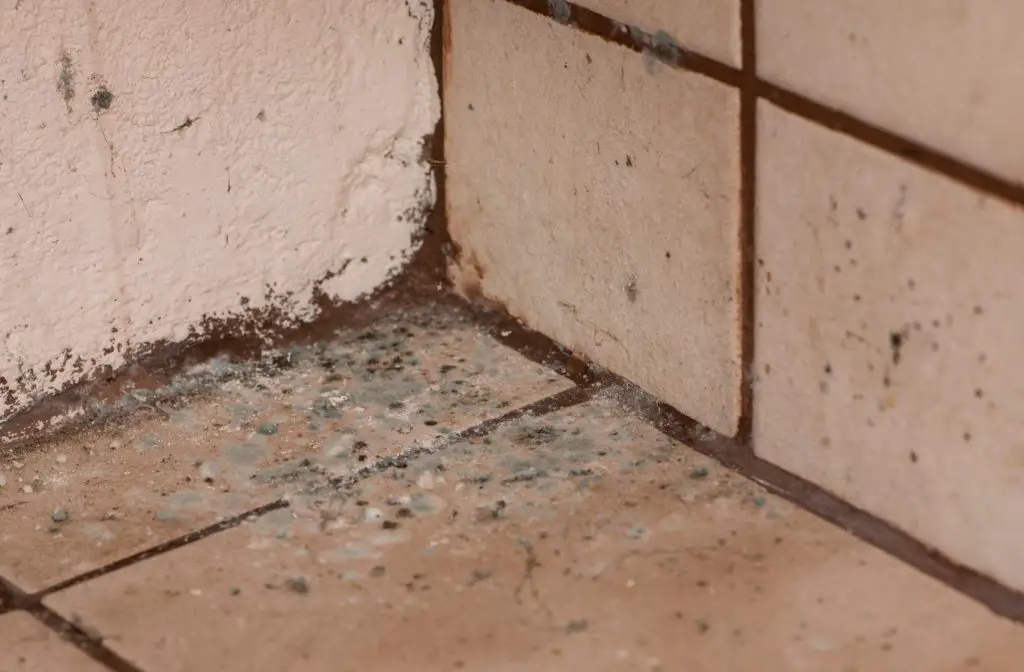 Recap
Recap
 Best essential oils for coughs
Best essential oils for coughs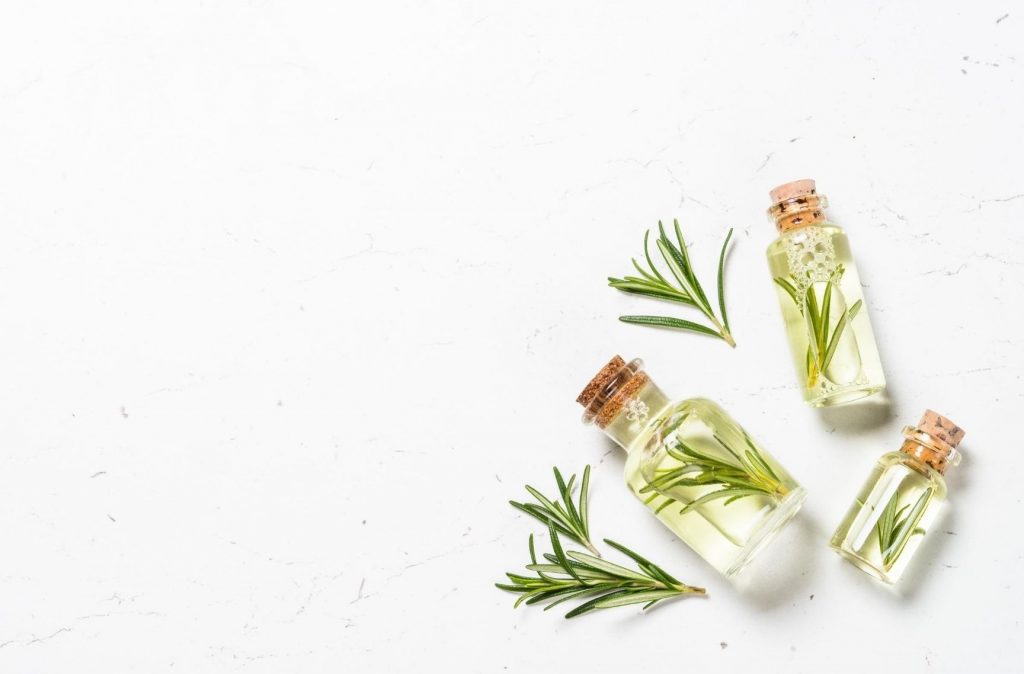 Recap
Recap
 What temperature to set the thermostat on in winter when away?
What temperature to set the thermostat on in winter when away?
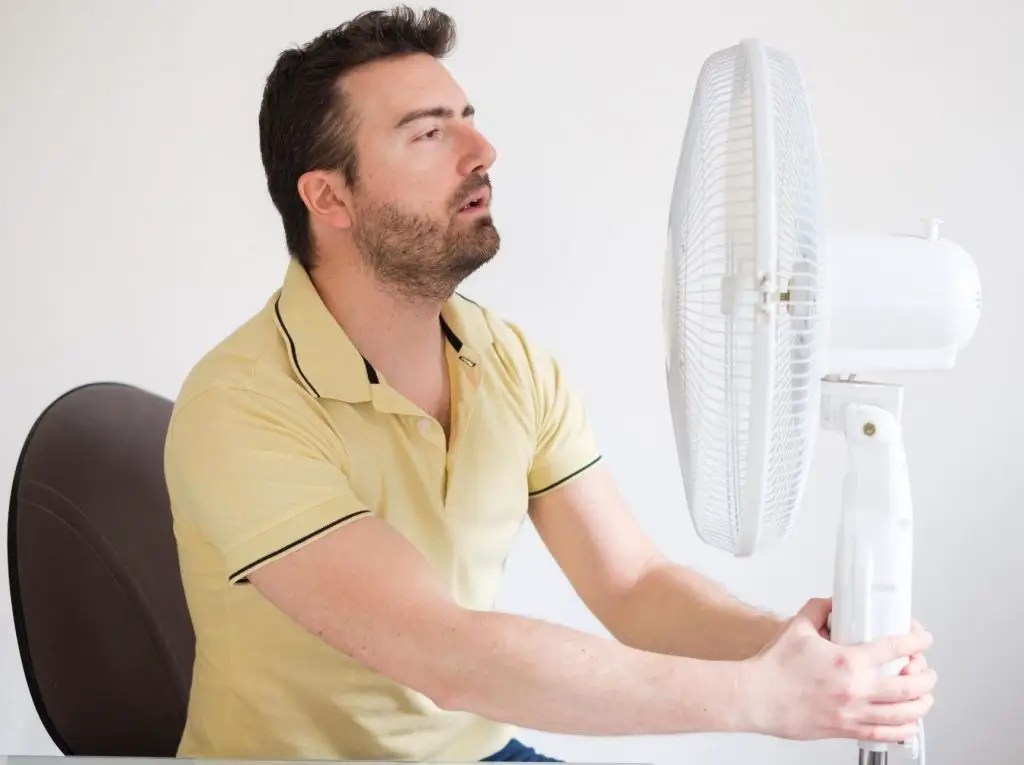 When the Attic is the source of the
When the Attic is the source of the 
 Air conditioner as a dehumidifier
Air conditioner as a dehumidifier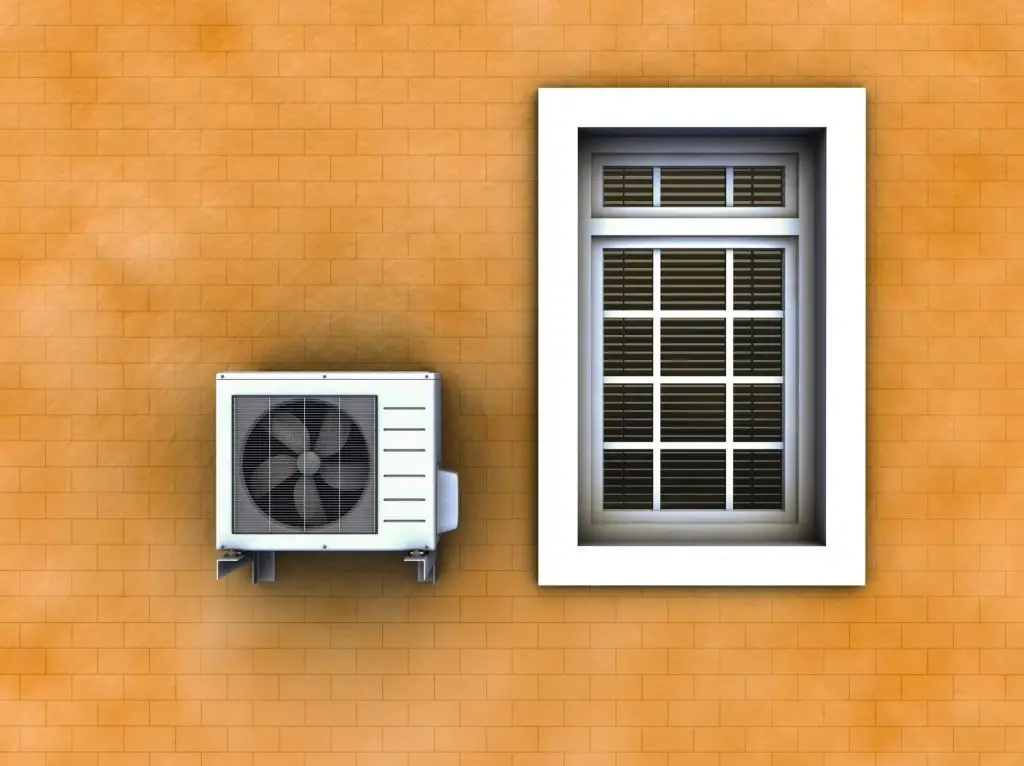 Recap
Recap
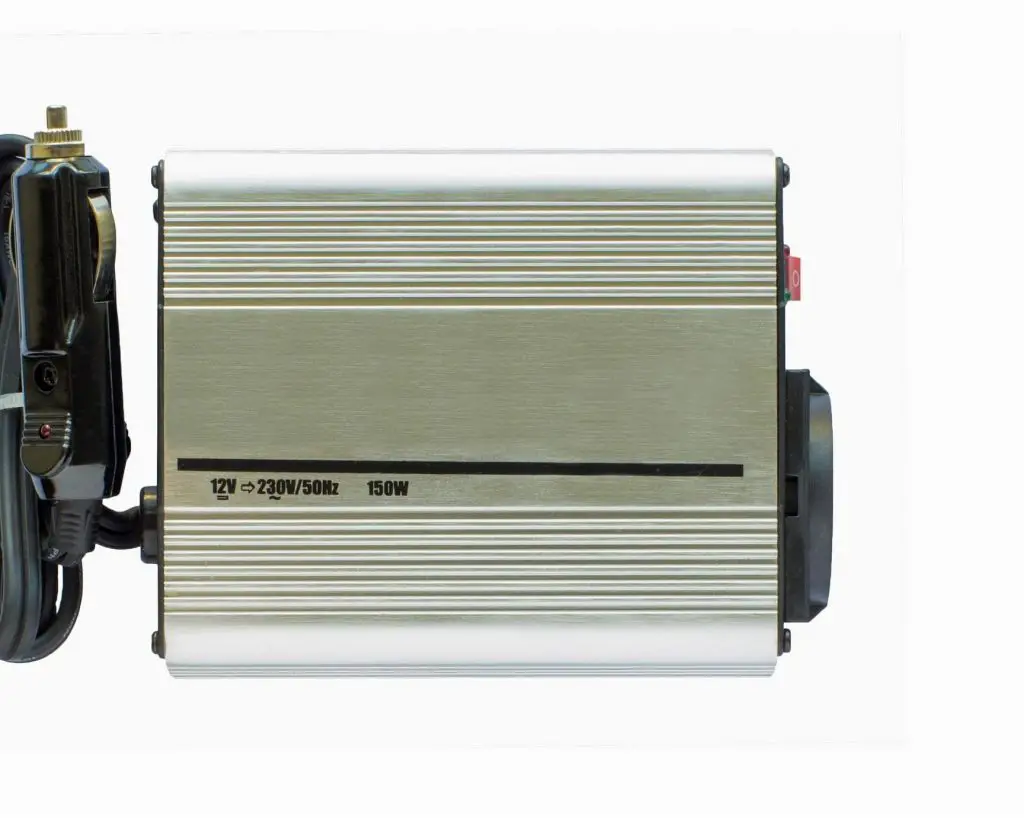
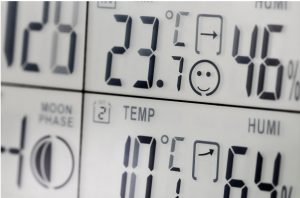 What’s the difference? A lot.
What’s the difference? A lot.
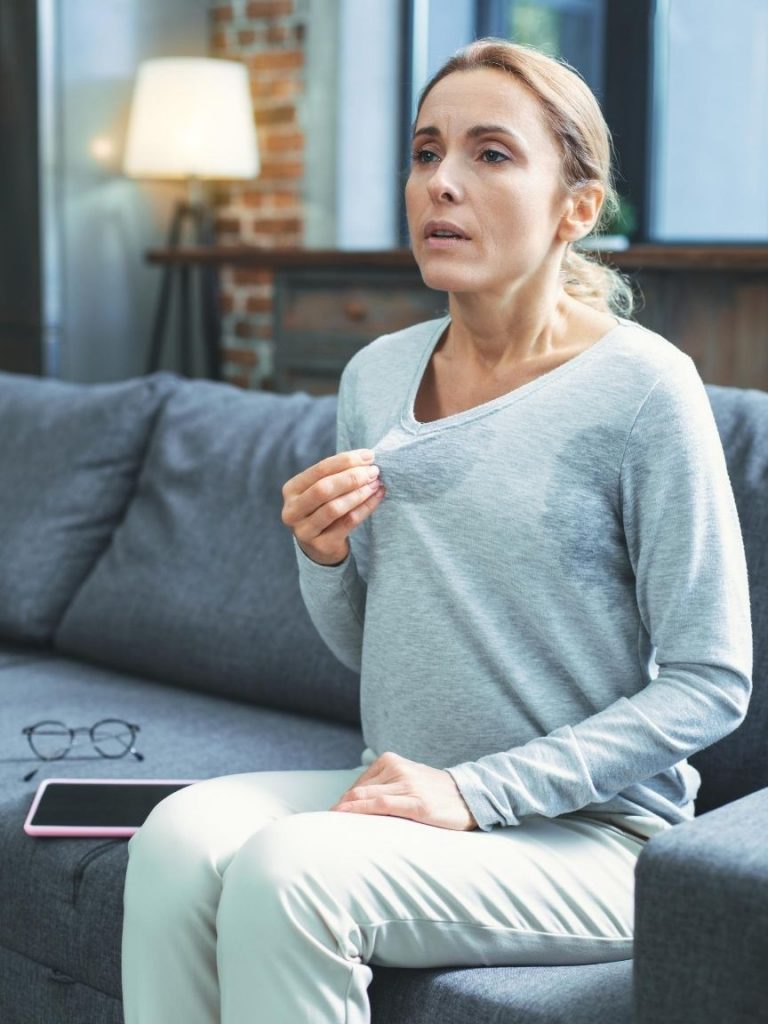 How to tell if AC is Frozen?
How to tell if AC is Frozen?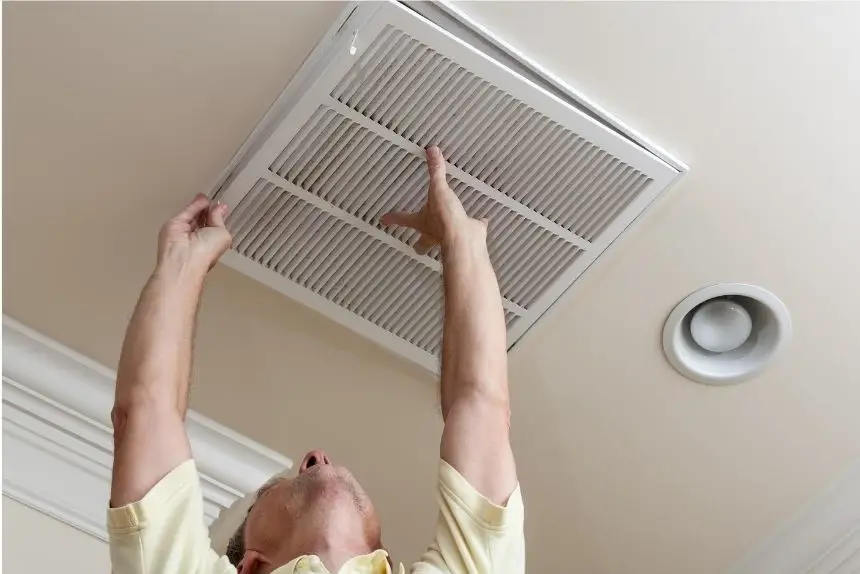 what causes an evaporator coil to freeze?
what causes an evaporator coil to freeze?
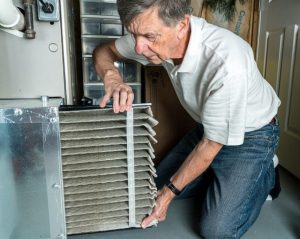 filter look like?
filter look like?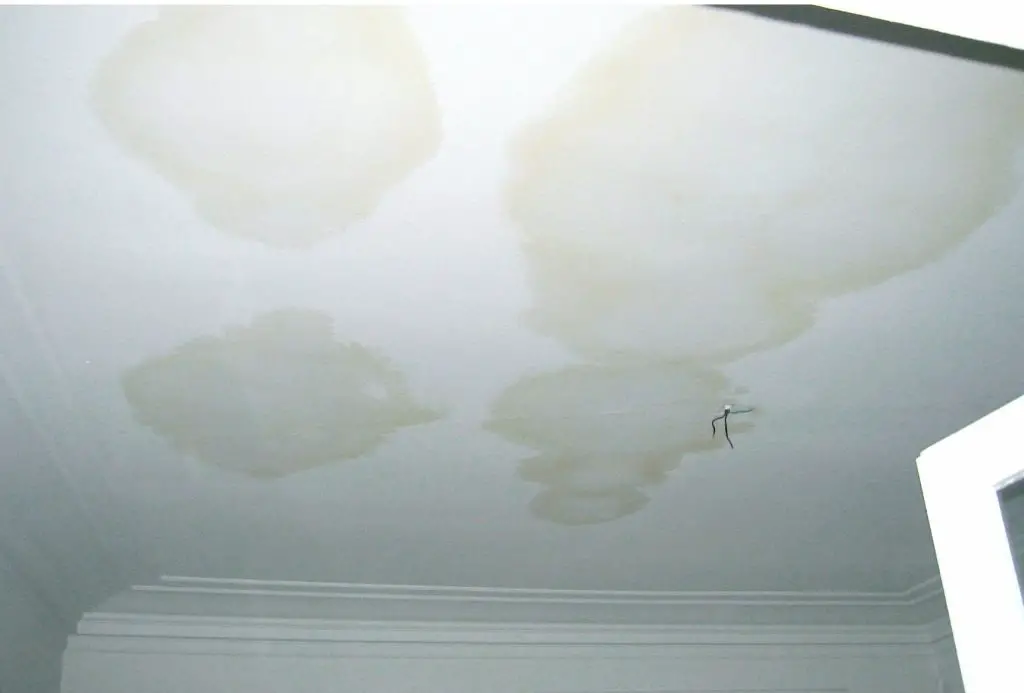 5. Low refrigerant
5. Low refrigerant exiting the AC.
exiting the AC.
 Window AC not dripping water
Window AC not dripping water